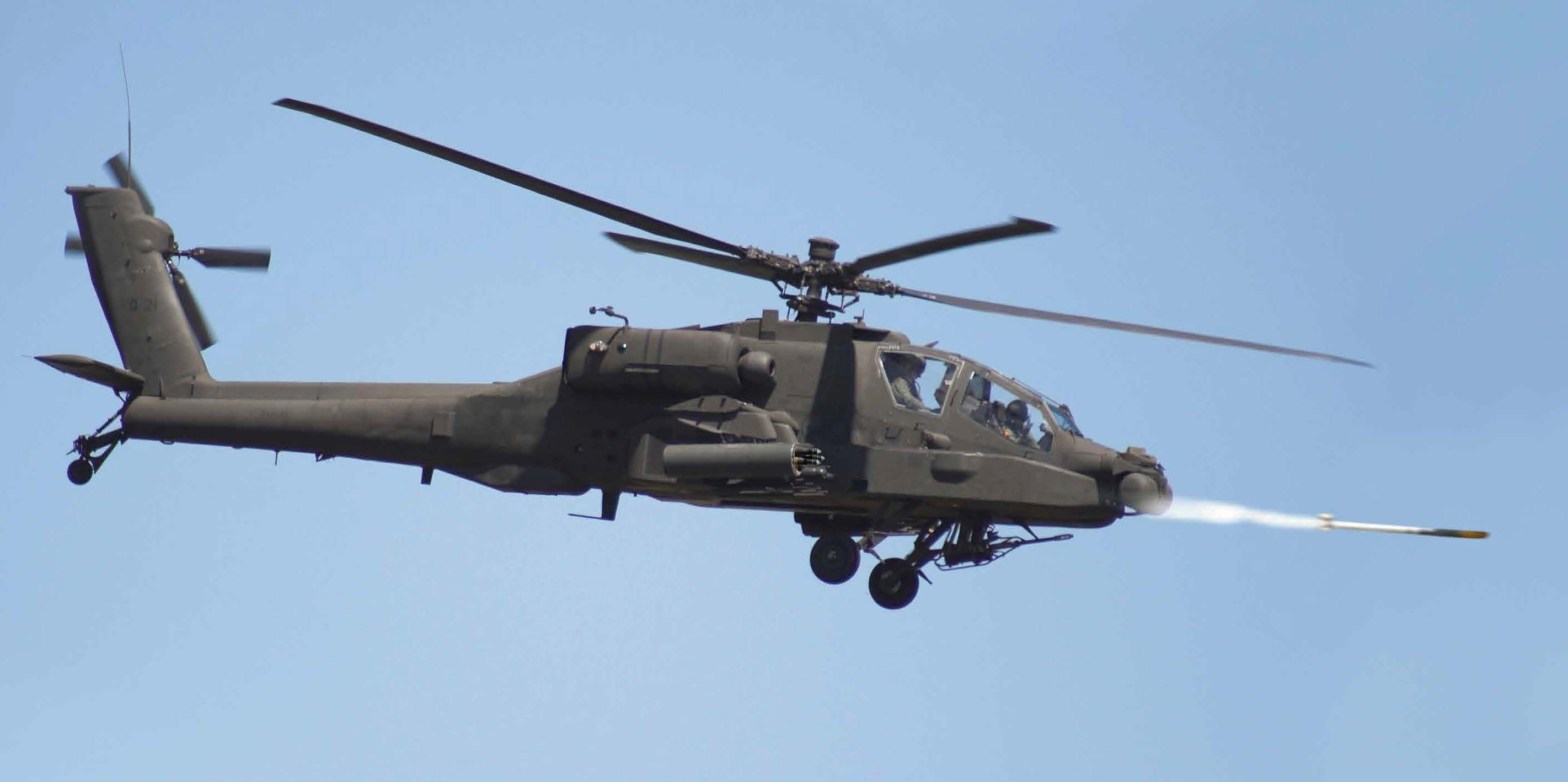
The U.S. Army has procured an initial quantity of BAE Systems’ Advanced Precision Kill Weapon System (APKWS) laser-guided rockets for use in ongoing operations in Iraq and Afghanistan. This deployment marks the first time U.S. Army personnel will be able to benefit from the laser-guided rocket, which has proven highly successful for the U.S. Navy and Marine Corps.
“With a long track record of success with the U.S. Navy and Marine Corps, we are confident that the U.S. Army will greatly benefit from this highly accurate, low-collateral-damage system,” said David Harrold, director of precision guidance solutions at BAE Systems. “The cooperation between military branches has been tremendous. Providing these weapons to our soldiers by leveraging a current program of record should be used as an example for other services and allied countries looking for this precision strike capability.”
The Army is acquiring its initial supply of APKWS rockets out of the current Navy inventory while also working with BAE Systems and the Navy to secure additional rockets to meet ongoing demands. It is expected that the Army will immediately deploy the APKWS rocket, which is a mid-body guidance kit that transforms a standard unguided munition into a precision laser-guided rocket, on its AH-64 Apache while additional platform priorities are determined.
While initially designed to the meet U.S. Army requirements, the APKWS system is a U.S. Navy program of record and has been deployed in combat by the Marines since 2012. The system’s ‘plug and play’ design makes it highly tailorable and scalable for future needs and allows streamlined deployment on a variety of platforms using existing equipment and infrastructure. In fact, the APKWS laser-guided rocket has already been qualified or demonstrated on more than a dozen rotary and fixed-wing platforms.
Currently in its third year of full rate production and with 5,000 units built to date, the APKWS rocket is the only U.S. Department of Defense fully qualified, guided 2.75-inch rocket that uses semi-active laser guidance technology.
Filed Under: Aerospace + defense




